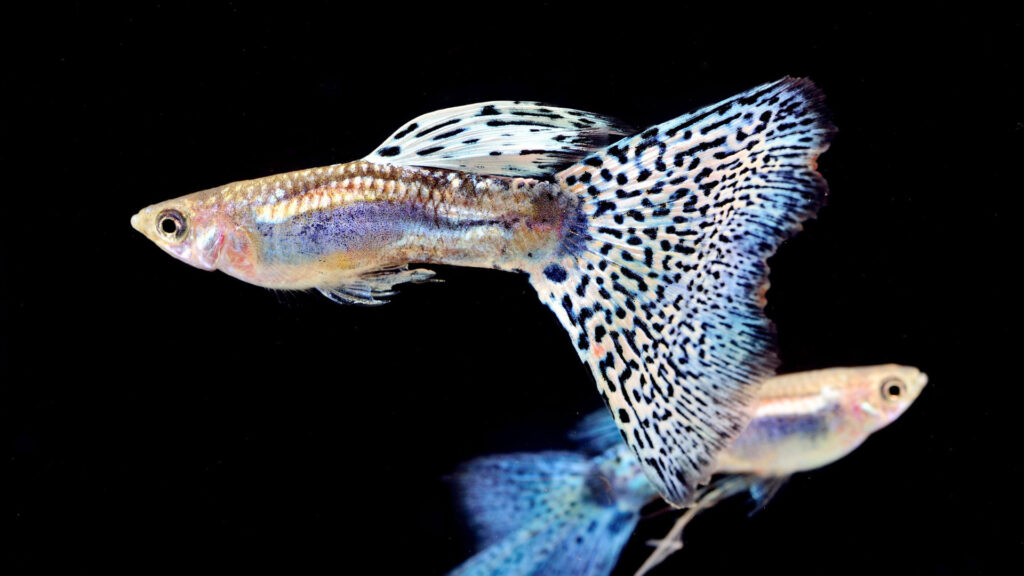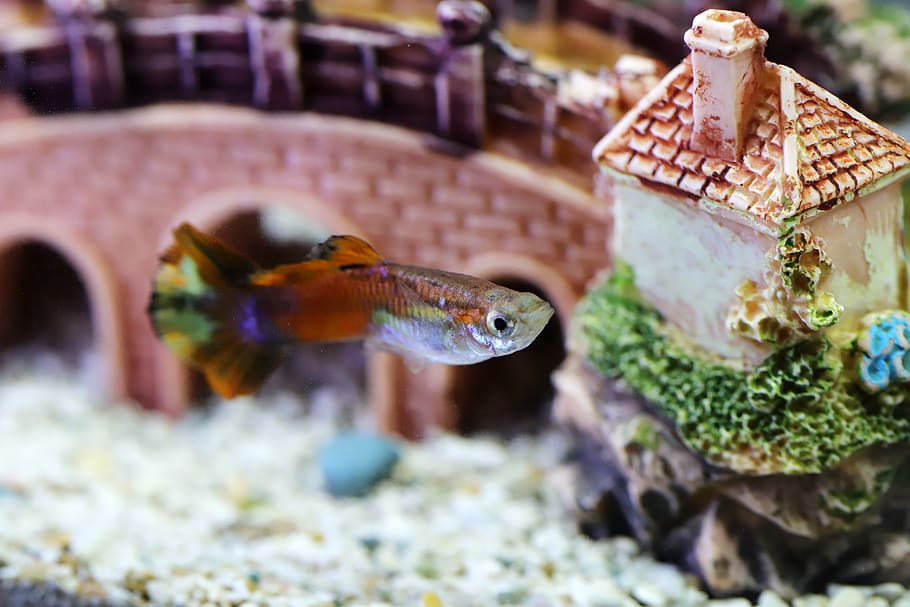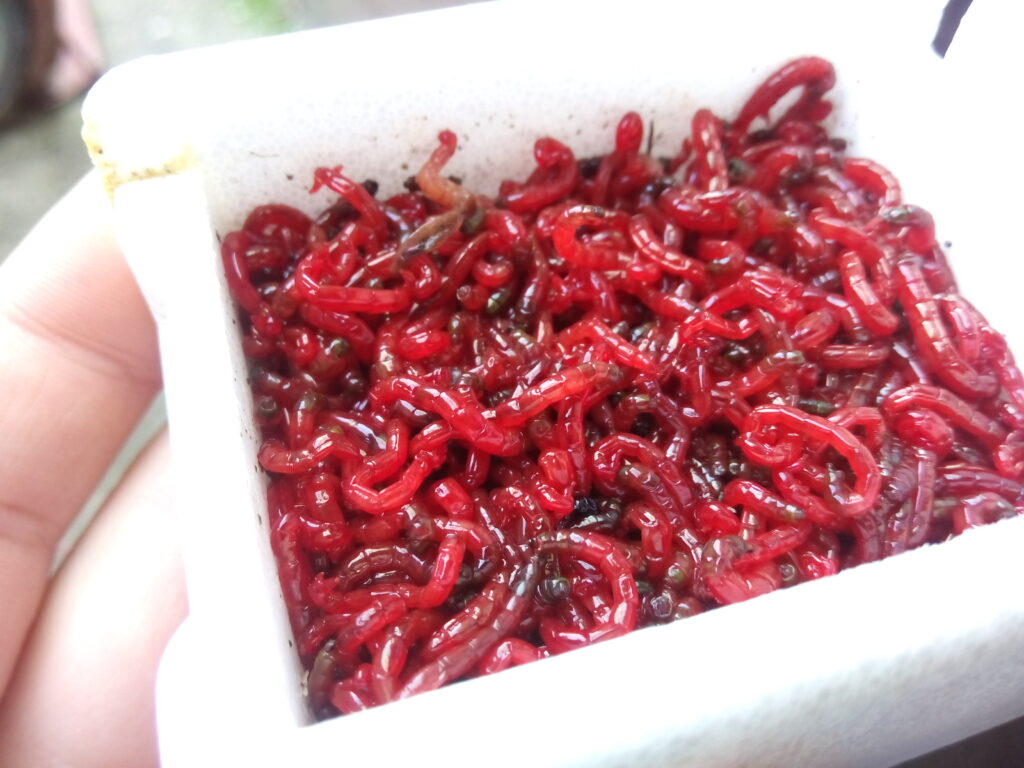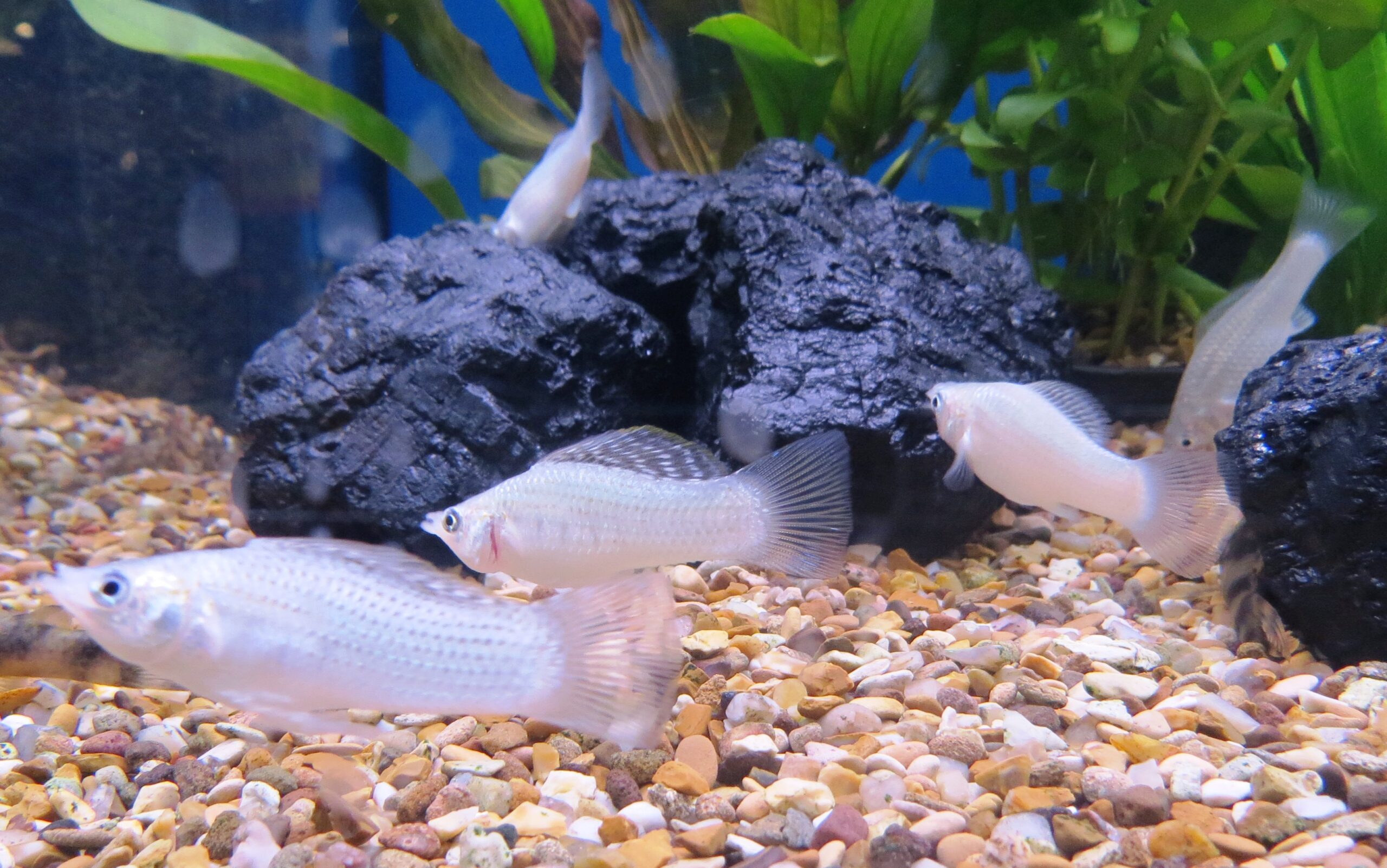Are you considering adding white molly fish to your aquarium? Look no further! This comprehensive guide will provide you with everything you need to know about these stunning fish.
From their rich history to their unique characteristics, we’ll delve into every aspect of white molly fish.
You’ll learn how to create the ideal tank setup and provide proper care for these beauties.
We’ll also share tips and techniques for breeding white molly fish and explore their compatibility with other fish species.
Get ready to become an expert in white molly fish care!
Quick Facts:
- Scientific Name: Poecilia sphenops.
- Origin: Native to the fresh waters of Central and South America.
- Habitat: Prefer freshwater but can tolerate brackish water conditions.
- Size: Adult Mollies usually grow to a size of 3-4 inches.
- Lifespan: Typically, 3 to 5 years with proper care.
- Diet: Omnivorous; they eat both plant and animal matter.
- Behavior: Peaceful and social; they do best in groups.
- Reproduction: Livebearers, which means they give birth to live fry rather than laying eggs.
- Coloration: While Mollies come in a variety of colors, White Mollies are pure white or silver-white.
- Aquarium Requirements: They prefer slightly alkaline water with a pH of 7.5-8.5 and temperatures between 77-82°F (25-28°C).
- Popular Tank Mates: Can be housed with other peaceful community fish like platies, tetras, and guppies.
- Maintenance: Require regular water changes and a diet that includes both plant-based and protein-rich foods.
- Health: Susceptible to common fish diseases such as ich and fin rot, so regular checks and clean water are crucial
The History of White Molly Fish
You’ll find the history of White Molly Fish fascinating. These unique fish have a captivating evolutionary origin that can be traced back to their ancestors, the Poecilia latipinna species. White Molly Fish are known for their striking white coloration, which is the result of genetic mutations that have occurred over time.
Evolutionary origins of White Molly Fish can be traced to the coastal areas of North and Central America. They’re believed to have originated from the Gulf of Mexico and have since spread to various freshwater habitats. Over time, genetic mutations in their DNA led to the emergence of the distinct white coloration that sets them apart from other fish species.
The genetic mutations responsible for the white color in Molly Fish are fascinating. These mutations affect the production of melanin, the pigment responsible for skin, hair, and eye color. In White Molly Fish, these mutations result in a lack of melanin production, giving them their unique white appearance. This genetic variation has been passed down through generations, leading to the prevalence of white individuals within the Molly Fish population.
Understanding the evolutionary origins and genetic mutations in White Molly Fish provides valuable insights into the diversity and adaptability of aquatic species. These fascinating creatures continue to captivate scientists and enthusiasts alike, showcasing the wonders of nature’s evolutionary processes.
Characteristics and Appearance of White Molly Fish
With their striking coloration and distinct fin shapes, these molly fish are sure to catch your eye. The white molly fish, scientifically known as Poecilia sphenops, is a popular freshwater fish among aquarium enthusiasts.
These fish have a diet that primarily consists of small insects, algae, and plant matter. They’re omnivorous, meaning they eat both animal and plant-based foods. In captivity, they can be fed a variety of commercially available fish foods, including flakes, pellets, and frozen or live foods.
The white molly fish has a relatively short lifespan, typically ranging from 2 to 3 years. However, with proper care and a balanced diet, they can live up to 4 years. It’s important to provide them with a suitable diet to ensure their longevity and overall health.
Setting up a Suitable Aquarium for White Molly Fish
White molly fish, with their delicate white elegance, are truly a sight to behold in aquariums. But, like all living creatures, they have specific needs.
Tank Size and Water Requirements
White mollies are dynamic, constantly showcasing their swimming prowess.
Extended Table: Tank Size and Water Parameters
| Criteria | Recommended Specs |
|---|---|
| Tank Size | 20 to 30-gallons for a small group; consider bigger tanks for larger groups or breeding intentions |
| pH Level | 7.5 to 8.5, emphasizing the importance of stability to avoid undue stress |
| Water Hardness | 10° to 25° dGH, essential for skeletal development |
| Water Type | Preferably slightly brackish, although they are adaptable creatures. Adding aquarium salt occasionally can be beneficial. |
Selecting Appropriate Tank Mates
White mollies are peaceful but can be targeted by aggressors due to their bright coloration.
Expanded List of Suitable Tank Mates:
- Platies – share a similar temperament.
- Tetras – small and non-aggressive.
- Guppies – their colorful fins complement the white mollies.
- Corydoras – bottom dwellers that won’t interfere with mollies.
- Dwarf Gouramis – equally peaceful.
- Zebra Danios – active but harmless.
- Snails and Shrimps – great for cleaning up any uneaten food.

Note: Always observe new introductions for signs of aggression.
Decorations and Hiding Places
Creating a familiar and stimulating environment helps mollies flourish.

- Dense plantations: Apart from live plants like Java Fern or Anubias, consider silk plants that don’t damage their fins.
- Cave structures: Offer mollies retreat spaces during stressful moments.
- Driftwood: An organic addition that also assists in stabilizing water pH.
- Smooth rocks: Great for design without the risk of injury.
Feeding and Nutrition
Recommended Diet for White Molly Fish
Variety is key. Ensure their omnivorous diet is balanced.
Extended Table: Dietary Needs of White Mollies
| Food Type | Examples |
|---|---|
| Flake Food | Premium tropical flakes, ensuring high nutritional value |
| Live Foods | Brine shrimp, bloodworms, offer as treats once a week |
| Vegetable Matter | Spirulina, blanched spinach, cucumber slices |

Frequency and Portion Sizes
White mollies’ metabolism is fairly active. However, overfeeding is a common mistake.
- Feed once or twice daily.
- Give only what they can eat in 2-3 minutes.
- Occasionally, fasting them for a day helps digestion.
Supplemental Food Options
Diverse diet aids in color retention and health.
- Frozen foods like Mysis shrimp offer a good protein source.
- Vegetable tablets or pellets ensure they get required plant matter.
- Occasionally offering boiled peas (shelled) aids digestion.
Water Quality and Maintenance
Importance of Clean and Healthy Water
Clear water isn’t always clean. White mollies require specific water conditions to shine.
To ensure the water remains pristine for your white mollies:
- Regular Water Changes: Replace 20-30% of the tank water weekly. This dilutes pollutants and replenishes essential minerals.
- Effective Filtration: Ensure you have a filter suitable for your tank size. A good filter will remove physical debris and house beneficial bacteria that break down harmful waste products.
- Substrate Cleaning: Use a gravel vacuum or siphon during water changes to remove food remnants, waste, and other debris from the substrate, preventing harmful ammonia spikes.
- Avoid Overfeeding: Feed fish only what they can consume in a few minutes. Overfeeding leads to uneaten food, which decays and degrades water quality.
- Plant Incorporation: Live plants can help absorb some waste products and release oxygen, enhancing water quality. Plants like Java Fern, Anubias, and Vallisneria are excellent choices.
- Regular Testing: Invest in a reliable water test kit. Regularly test the water parameters to ensure they remain within the recommended range, making adjustments as necessary.
- Population Control: Avoid overstocking the tank. More fish mean more waste. Follow the general rule of one inch of fish per gallon of water to ensure a balanced ecosystem.

Monitoring and Maintaining Water Parameters
Consistent monitoring of water parameters is akin to a regular health check-up for humans. Just as early detection of health issues in humans leads to better outcomes, timely identification and rectification of water quality issues prevent small problems from escalating into full-blown crises for your aquatic pets.
Extended Explanation Table: Essential Water Parameters
| Parameter | Ideal Range | Explanation & Importance |
|---|---|---|
| pH | 7.5 to 8.5 | pH indicates the acidity or alkalinity of the water. Mollies thrive in slightly alkaline conditions. A stable pH ensures efficient metabolic processes and prevents skin irritations. |
| Temperature | 72° to 78°F (22° to 25°C) | Mollies are tropical fish and need warm water. Fluctuations or temperatures outside this range can lead to stress, hampered immune functions, and abnormal behaviors. |
| Ammonia | 0 ppm | Ammonia, a byproduct of fish waste and uneaten food, is toxic. Even low levels can burn gills and reduce oxygen intake, leading to lethargy and stress. |
| Nitrite | 0 ppm | Nitrite is an intermediate in the nitrogen cycle. It affects the fish’s ability to transport oxygen, potentially leading to suffocation-like symptoms. |
| Nitrate | <20 ppm | While more tolerant than ammonia or nitrite, high nitrate levels indicate accumulating pollutants. Long-term exposure can affect growth and reproduction. Regular water changes help in reducing nitrates. |
Understanding and maintaining these water parameters is a proactive approach, ensuring that the aquarium environment remains a safe and hospitable sanctuary for white mollies.
Breeding White Molly Fish: Tips and Techniques
Breeding white mollies successfully requires providing them with a separate breeding tank and ensuring optimal conditions for mating and fry development.
To begin, set up a separate tank with a heater and filter. Maintain a water temperature between 78-82°F and a pH level of 7.0-8.0. Create hiding spots using plants or decorations to give the female molly a sense of security.
Introduce one male and two or three females into the breeding tank. Observe their behavior and look for signs of courtship, such as the male chasing the females.
Once mating occurs, the female will produce live fry in around 4-6 weeks. Separate the fry from the adult fish to prevent them from being eaten.
Feed them a diet of crushed flakes or baby brine shrimp to encourage growth. Remember to provide regular water changes to maintain optimal conditions for the fry’s development.
Following these breeding techniques and tips will increase your chances of successfully breeding white mollies.
Compatibility of White Molly Fish With Other Fish Species
To ensure a peaceful tank environment, consider introducing white mollies to fish species that have similar temperaments and water parameter requirements. White mollies are known for their peaceful nature and can coexist well with other calm fish. Here are three community tank options for white molly fish:
- Guppies: Guppies are small, colorful fish that are compatible with white mollies. They share similar water temperature and pH requirements, making them ideal tank mates. Both species are peaceful and won’t show aggression towards each other.
- Swordtails: Swordtails are another suitable option for a community tank with white mollies. They’ve a similar size and temperament, and both species appreciate the same water conditions. These fish can create a visually appealing and harmonious tank environment.
- Platies: Platies are peaceful fish that get along well with white mollies. They’ve similar care requirements and are known for their vibrant colors. Together, white mollies and platies can create a lively and colorful community tank.
It is important to note that while white mollies are generally peaceful, there may be potential aggression issues if they’re kept with aggressive or territorial fish. Therefore, it’s crucial to choose tank mates wisely and provide ample space and hiding spots to minimize any potential conflicts.
In conclusion, the white Molly fish is a fascinating species with a rich history and unique characteristics. Its striking appearance and easy care requirements make it a popular choice for aquarium enthusiasts.
With proper tank setup and care, including regular water changes and a balanced diet, these fish can thrive and reproduce successfully. However, it’s important to consider their compatibility with other fish species to ensure a harmonious aquarium environment.
Overall, the white Molly fish is a fantastic addition to any aquarium and a delight to observe.

